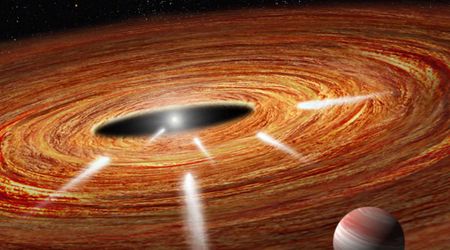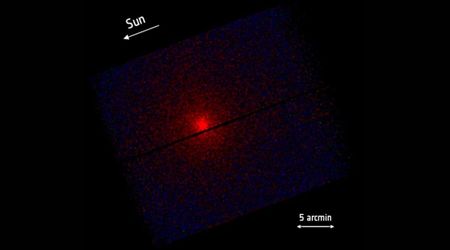How NASA's Mars Perseverance Technology is Already Paying Off


Perseverance is NASA’s newest Mars rover. It was launched on July 30, 2020, and finally landed on the red planet on February 18, 2021.
Its mission is to look for signs of past life by searching for microbial fossils in rocks and carbon-containing molecules. Perseverance has been equipped with new technology in order to carry out these tasks, and some of these innovations can help us here on Earth as well. Here are a few of these technological innovations.
Sample collection technology
Perseverance will be humanity’s first Mars sample-return campaign, expected to drill 20-40 rock cores. One of the most important parts to enable the rover to do so is a drill bit for extracting rock cores. A geologist would typically break the sample off the drilling core before pulling it out. However, this process can cause a fragmented or contaminated sample. To prevent this, Perseverance’s technology applies pressure along the length of the sample.
The rover will also be packaging these in special sample tubes and depositing them at certain locations to be retrieved by a joint NASA-European Space Agency campaign. Read this article to learn more about this impressive sample collection technology.
Early August saw Perseverance's first sampling attempt. Unfortunately, the coring mechanism shattered the rock into a powder, leaving nothing in the titanium storage tube. But on September 1, Perseverance made its second sampling attempt and successfully retrieved a solid core. This makes it the first-ever rock sample collected on a different planet intended for return to Earth.
Related: Read my in-depth Q&A about Perseverance (50+ answers about the rover).

Perseverance collected its first rock sample successfully. This piece of Martian rock will eventually be recovered and sent back to Earth. (Image credit: NASA/JPL-Caltech)
System for capturing high-quality media
Another first that Perseverance has is a system that can send back high-quality videos of its entry and landing sequence. While the cameras and microphone are off-the-shelf models, the circuit board was specially designed for the rover. Every component on the board was made ‘traceable’ to keep track of what was done to it at each point of the process. This includes x-ray images, ionic cleanliness data, and data from an automated optical inspection to easier see the cause of a possible problem.
This rigorous error checking is an important aspect of the creation of the rover’s printed circuit board (PCB). As highlighted by the information on this page, PCB design now contains more rules with regards to electrical requirements and configurations – particularly for interplanetary-bound rovers. A misstep outside of these requirements can prove disastrous. This is why Mars Perseverance used a tool called fabrication simulation, a software that creates a photorealistic representation of what the final board will look like.
Aside from the entry and landing sequence, Perseverance has also recorded various images and even audio of the environment on Mars. Its cameras have sent back close up views of rocks and shots of Perseverance's both attempts at rock sampling. Perseverance has also sent back the very first batch of audios ever recorded on Mars — here, you can hear wind and zapping sounds of the rover's laser impacting a rock to give information on its physical structure, such as relative hardness.
Deep UV spectroscopy
The idea of deep UV spectroscopy reaches back to 1997 with devices that can use light to determine the composition of a sample. Now, NASA has finally equipped a rover with the Scanning Habitable Environments with Raman and Luminescence for Organics and Chemicals (SHERLOC) instrument. This is what will enable Perseverance to look for and analyse organic materials for possible signs of ancient life.
SHERLOC does this by shining a UV laser at a rock, and researchers will be able to distinguish organic molecules depending on the light particles that bounce back to the instrument. If Perseverance comes across a promising rock, it will keep it in a sample tube for retrieval by a future mission.
The instrument will not only look for live bacteria on Mars but rather identify and measure contaminants in wastewater treatment and pharmaceutical manufacturing here on Earth. It can also identify bacteria present in a wound to help immediately pinpoint the right antibiotic to treat it, rather than turn to broad-spectrum antibiotics and risk drug resistance.

Perseverance is equipped with 7 high-tech tools to conduct various experiments on the Martian surface. (Image credit: NASA/JPL-Caltech)
Auto-navigation system
Some of the most interesting explorations can take place in challenging terrain, where there are hazards like steep slopes and boulders. With Perseverance’s auto-navigation system or AutoNav, these areas will no longer be off-limits for both landing and exploration.
This system lets the rover manoeuvre itself across Mars without heavily relying on human drivers from Earth. This article also mentions how AutoNav gives Perseverance the ability to make 3D maps of the terrain ahead, identify hazards, and plan routes around these hazards. Perseverance is the product of innovation from many rovers and landers in the past.









